
On Sept. 25, during a meeting with Turkey’s President Recep Tayyip Erdoğan, President Donald Trump announced his administration’s proposal to redirect tariff revenue to U.S. farmers as relief.
According to Reuters, the pledge comes as trade disputes with China and Mexico cut into American exports. For producers watching silos fill and buyers disappear, the announcement signaled Washington’s intention to cushion the blow, though implementation awaits Congressional approval.
Trump’s Message to Farmers

“We’re going to take some of that tariff money that we made, we’re going to give it to our farmers,” Trump said during a press event covered by Bloomberg.
He emphasized that farmers wouldn’t bear the costs of policy battles alone. By tying aid directly to tariffs, Trump framed the support as a reward for standing on the front lines of global negotiations.
Why Farmers Needed Relief

Across the Midwest, bins of unsold soybeans and corn have piled up. USDA trade data shows China and Mexico turned to South American suppliers in 2024 and 2025, leaving American growers with fewer buyers.
For farmers who plan their finances around predictable exports, those sudden changes created economic uncertainty and the sense that hard work could go unrewarded.
Tariffs Hit Soybeans and Corn Hardest

Soybeans, once America’s most dependable export crop, have been especially hard-hit. USDA reports confirm that China placed no new soybean orders in 2024 and 2025, relying instead on Brazil and Argentina.
Corn growers faced a similar reality. For many families, that meant rising storage costs and harder-to-service loans—real-life consequences of decisions made far from their fields.
Lobbying Groups Sound Alarm

“The frustration is overwhelming,” American Soybean Association President Caleb Ragland said in a Wednesday statement. “U.S. soybean prices are declining, the harvest is in progress, and instead of news about securing a trade agreement with China, farmers are reading about competitors gaining market share. “
The farm economy is suffering while our competitors supplant the United States in the biggest soybean import market in the world”.
Echoes of Earlier Bailouts

The $28 billion figure mirrors Trump’s 2018–2019 response to the China trade war, when USDA distributed $12 billion in 2018 and $16 billion in 2019 under the Market Facilitation Program.
For many farmers, today’s pledge revives those memories, reminding rural communities that policy battles can stretch on for years, and that government checks have become an integral, if uneasy, part of survival.
Comparisons Across Administrations

Farm bailouts have become a bipartisan tool. USDA data shows that since 2018, nearly $57 billion in direct aid has flowed to producers under President Trump and President Joe Biden.
Whether tied to trade wars, the pandemic, or weather disasters, those payouts reveal a farm economy increasingly reliant on federal help. The trend has blurred partisan lines in Washington.
Funding Strategy Clarified

Trump underscored that this round of aid would rely on tariff revenue, not taxpayer dollars. “We’re going to give it to our farmers,” he said. However, administration officials have not disclosed how much will be redirected, when payments will begin, or which agencies will administer the program.
For now, that uncertainty leaves farmers hopeful but wary of unclear timelines and mechanisms.
White House and USDA Response

White House spokesperson Karoline Leavitt acknowledged the administration’s awareness of farmers’ concerns during a September 22 press briefing, stating that “the administration completely understands the anxiety of farmers” and confirming ongoing discussions between the National Economic Council and Agriculture Secretary Brooke Rollins about the trade situation.
For growers, those assurances mattered. Washington wasn’t only promising checks—it was signaling that the nation still valued farming as a strategic cornerstone.
Voices From the Fields
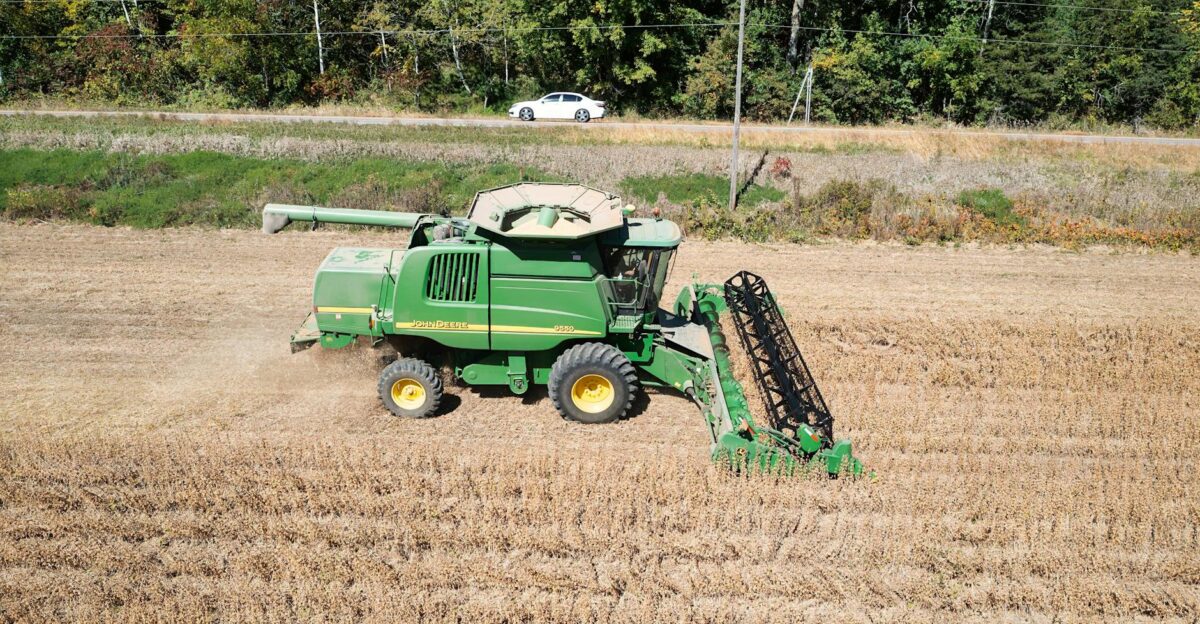
Some producers say federal relief feels justified when trade disputes place them on the front lines of economic retaliation. In Kansas and across the Midwest, growers argue that if agriculture is used as a bargaining chip in foreign policy, then aid helps soften the financial hit until markets stabilize.
That perspective highlights how many farmers view compensation as part of survival, not an advantage.
Criticism From Democrats
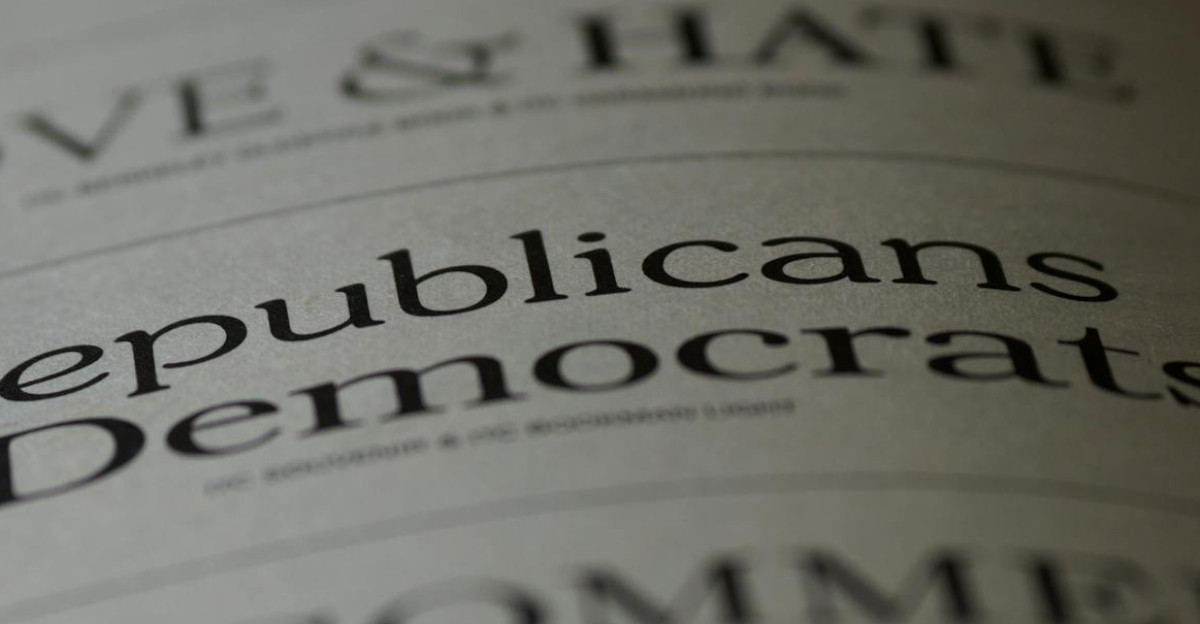
Democratic lawmakers quickly raised concerns about fairness. Past Government Accountability Office reviews found aid unevenly distributed, often concentrated among the largest producers. Smaller and minority-owned farms were less likely to benefit.
Critics argue that repeating such a massive payout without reform risks widening inequality in rural America, even as it offers short-term relief to those already most established.
Pressure in Congress
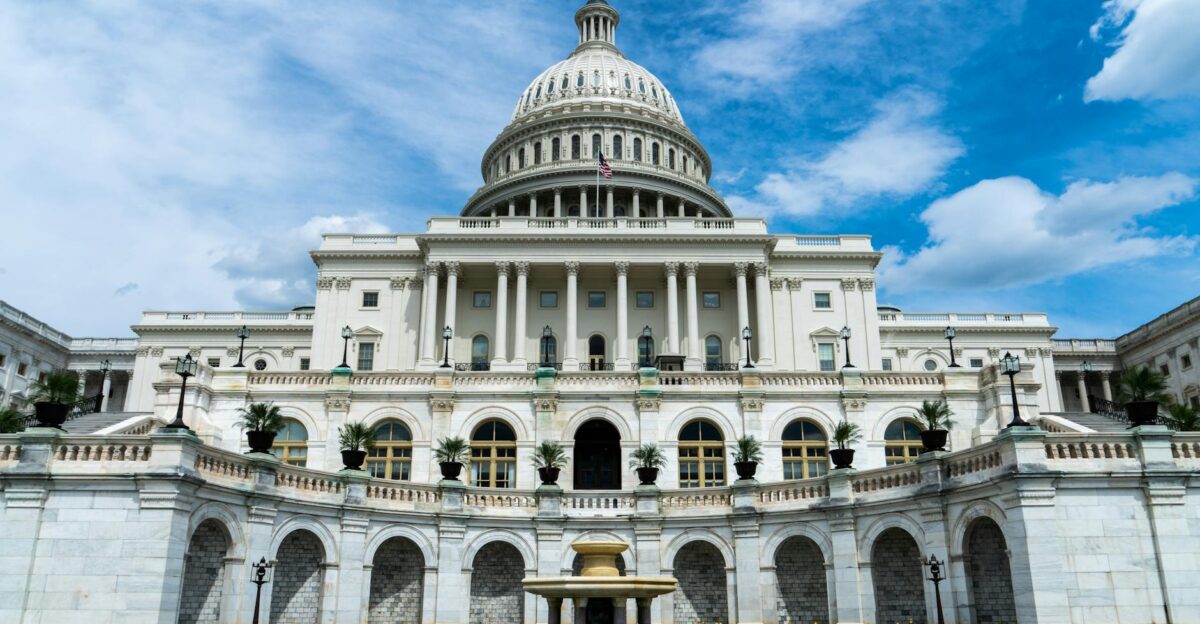
The announcement set off a heated debate on Capitol Hill. Republican lawmakers from farm states have urged fast action, citing economic pain in their districts. At the same time, broader negotiations over the 2025 farm bill and federal budget loom large.
Lawmakers face a balancing act: respond quickly to rural needs without overextending federal spending commitments for years ahead.
Beyond Tariffs: Disaster Relief

Trade aid is only one stream of support. In 2025 alone, USDA disaster programs distributed over $40 billion for losses tied to droughts, floods, and sharp market swings.
For many producers, these payments overlap with tariff-related relief. The result is a safety net that is broader than ever before, but it also shows how fragile farm income has become.
The Bigger Picture for Farm Income
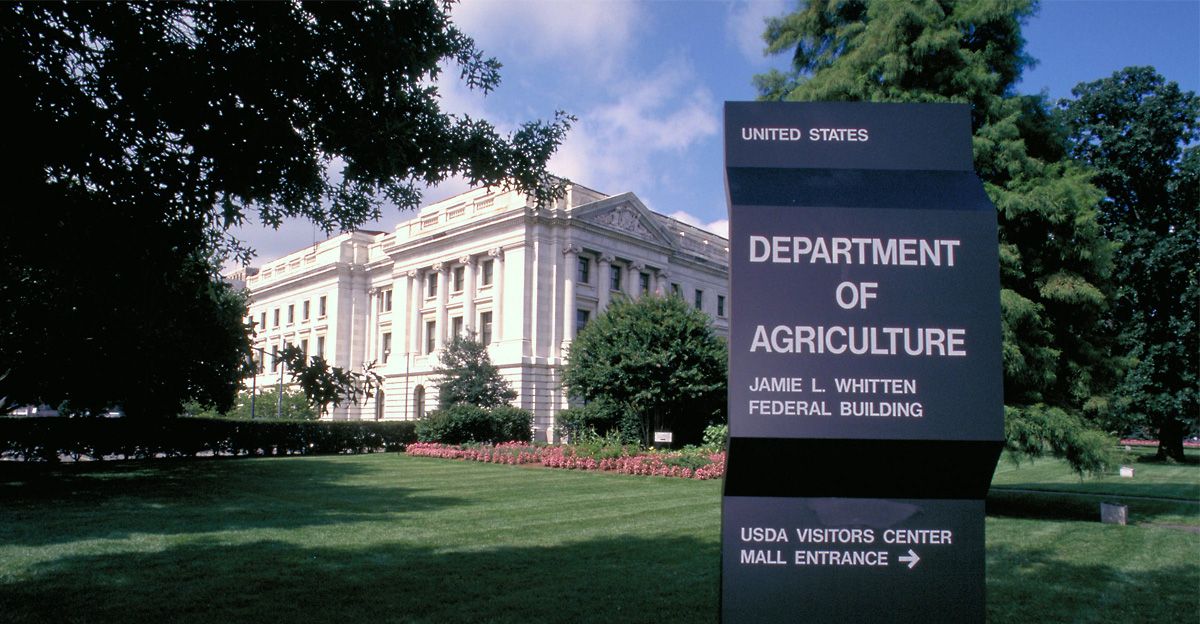
According to USDA projections released in August 2025, net farm income is expected to reach $179.8 billion this year, a 40% increase from 2024. Yet analysts caution that much of the growth stems from federal payments, not stronger commodity prices.
For producers, that raises uneasy questions: is this prosperity genuine, or borrowed from Washington?
Warnings From Industry Experts

Agricultural economists have warned about the risks of dependence on government aid. Scott Irwin of the University of Illinois has noted in his research that farm aid programs can create what farmers call “mailbox money,” highlighting concerns about the agricultural sector’s increasing reliance on federal payments rather than market-based income.
The University of Illinois economist has emphasized that bailouts can offset immediate economic losses but don’t necessarily improve long-term competitiveness in global markets.
Political Stakes in Rural America

Trump’s decision also carries political weight. Associated Press election data shows he won 433 of 444 farming-dependent counties in 2024. The bailout highlights his effort to keep those voters close, reinforcing his message that rural America is central to national strength.
For Democrats, it highlights the challenge of offering an alternative vision that resonates in the heartland.
Global Market Fallout
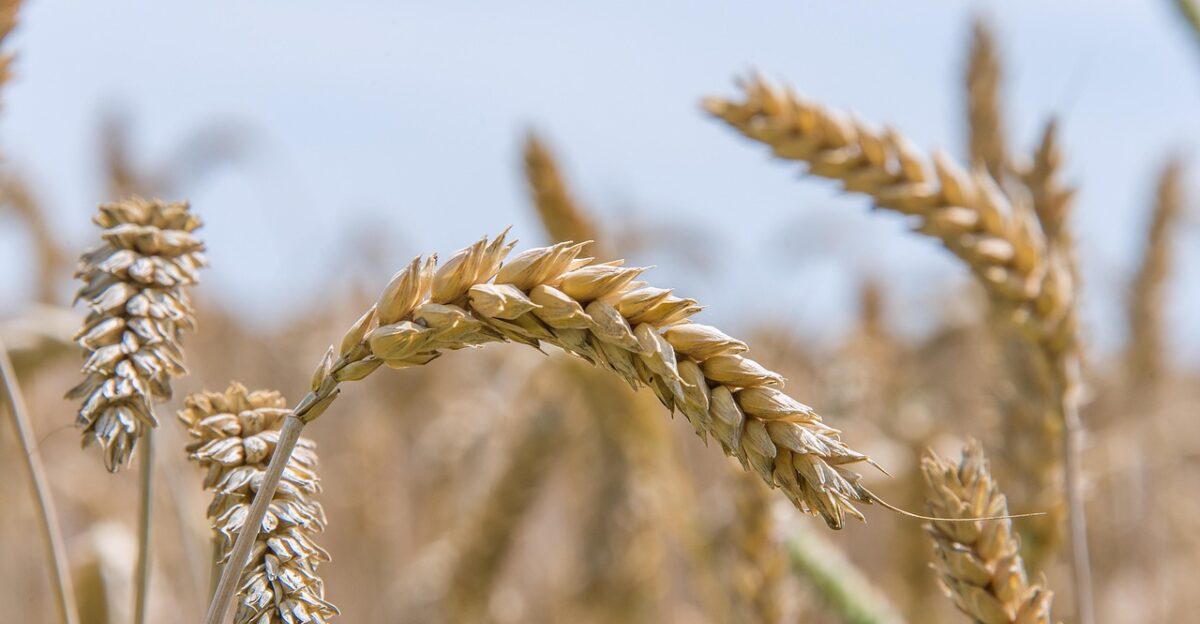
The global marketplace is shifting. USDA trade statistics show U.S. exports of corn, soybeans, and wheat have fallen to their lowest combined revenue since 2007. Brazil and Argentina have moved quickly to capture demand once dominated by American producers.
For U.S. farmers, the fear is not just this season’s losses but a long-term erosion of global influence.
Trump’s Public Defense

On Truth Social, Trump defended the move by framing farmers as central players in U.S. trade battles. “Because of farmers’ GREATNESS, they are always put on the Front Line with our adversaries, such as China, whenever there is a Trade negotiation,” he wrote.
Supporters saw the post as recognition that rural America carries heavy burdens in international disputes.
A Historic Bailout With Risks

The $28 billion package is one of the largest farm aid programs in U.S. history. Supporters hail it as necessary protection during turbulent times, while critics argue it reflects a dangerous reliance on Washington.
The truth may lie in between, where farmers need stability now, but long-term resilience depends on rebuilding competitive strength in global markets.
Looking Ahead for Producers

Congress must still approve the exact mechanisms for disbursing tariff revenue as aid, and farm groups await details on eligibility. Markets are also watching closely since large-scale relief could sway commodity prices and shape rural incomes.
Analysts note that these programs carry political weight beyond dollars—rural support has long been a pillar of Trump’s coalition, making implementation both an economic and electoral test.